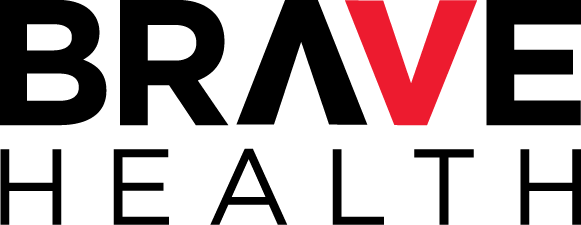Having led, participated in, consulted on, or acted as a co-conspirator in numerous strategic plans across a broad range of businesses, I have concluded that most corporate entities—large or small, new or established— arrive at one painful common realization when creating their strategic plans: The entire process sucks. It’s frustrating, time-consuming, and often produces a lackluster result…or worse, provides an unwise strategy at a crucial tipping point for the company.
The people charged with developing these plans are expected to do so on top of performing their already-demanding jobs. Their planning “process” then often spirals down into creating generic strategies and objectives (how many more times can “increase prescribing” and “activate the patient” be used in the healthcare sector?). Even experienced teams struggle to create an insightful plan that delivers clear results based on agreed-upon terminology.
Inevitably, frustration with existing templates, lack of time, and looming deadlines lead to, “Let’s just update what we did last year.”
After witnessing and participating in a few too many of these unfulfilling exercises, I became determined to conceive a better way.
I wanted to map out a process that helps the big picture become clearer…then break down that big picture into feasible steps…and finally take the learnings from those steps to create thoughtful solutions, industry-leading thinking, and brilliant strategy.
OK, if not all that…then at least to make the process manageable and the final plan meaningful—with clear objectives, strategies, and metrics to track your progress (and defend your glory!)
The Brave Health Strategic Planning Framework evolved from collaboration with a number of biopharmaceutical companies, and draws from my years of experience participating in, workshopping, or leading the process of creating a successful strategic plan.
As I refined it over the past several years, I’ve applied versions of this Framework at biopharma and service sector companies. In doing so, I’ve learned it can be applied to specific products, to divisions or departments, or to entire organizations—successfully.
This framework provides a way to demonstrate a clear rationale for prioritizing investment choices. It’s driven by insights. It’s even been used successfully by non-marketers.
Below is a snapshot of the framework’s structure and components. Behind each component are instructions for how to complete them, including sources to use, how to identify and manage the cross-functional team, and how to develop metrics that prove your success (or at least to learn in a timely way if something isn’t tracking).
The Brave Health Strategic Planning Framework provides clear direction to develop each stage of planning, including market landscape, development of objectives, strategies to achieve those objectives, and tactics to deliver the strategy.
If you’d like to learn more, I’d welcome a chance to discuss it further with you: kelly.hughes@brave-health.com.

